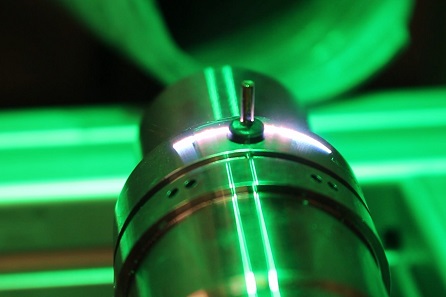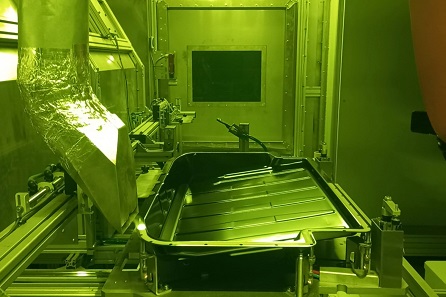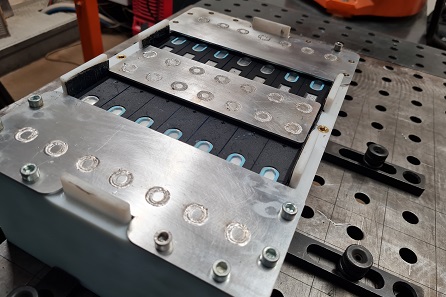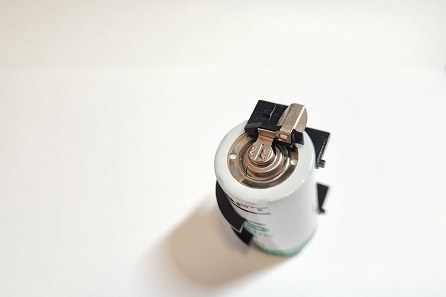The development of electromobility is bringing about gradual changes in the automotive industry. Technologies such as laser welding of battery cells and laser surface preparation before welding or bonding are being introduced. We are a long-term partner in many projects in this area.
eMobility & Battery
Laser cleaning
Laser cleaning allows non-contact removal of contaminants without damaging the surface or thermally affecting the base materials. The process is also environmentally friendly and moves companies towards CO2 neutrality.
The production of electric vehicles requires high-quality and reliable sealing of parts by bonding. Laser cleaning is an ideal solution in this respect. One example is the laser removal of the plastic overlays on the electric motor shaft before sealing against lubricant leaks, which you can see in the picture on the right.
Laser cleaning as a substitute for masking
The figure on the left shows the defined removal of the KTL paint without damaging the protective zinc layer against corrosion. Laser cleaning can thus perfectly replace the time-consuming masking process and prepare battery covers for further processing where a highly conductive joint is required.
Laser welding of busbars
Laser welding ensures minimum temperature loading of materials. Together with the use of 2D scanning systems, it is possible to provide a high number of welds (battery block welding) with relatively complex welding trajectories in a very short time.
The demands for ever increasing range, efficiency and safety of electric vehicles bring with it the need to join individual battery cells with highly electrically and thermally conductive materials such as aluminium or copper, which are also very thick (up to 8 mm). Laser welding in this respect brings very robust and repeatable joining due to the concentration of large amounts of energy in a very small area. One example is shown in the figure, where laser welding of 2 mm thick aluminium busbars to prismatic cells is in progress.
Laser contact welding
Laser replaces conventional ultrasonic and resistance welding methods. This is especially true for thin-walled nickel, steel, aluminum and copper battery cell interconnects, such as welding 0.25 mm interconnects to cylindrical cells.
More information about laser welding can be found here.





